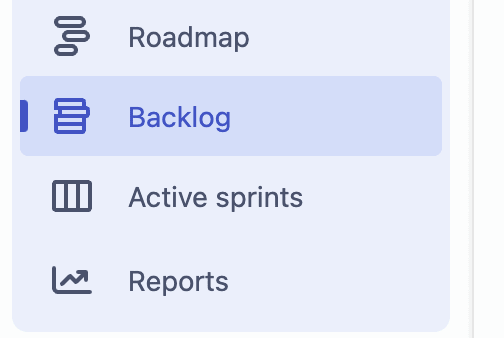The product backlog is critically important to the success of a project. It ensures your team is working on the most important and valuable tasks. Understanding how to best create and organize your product backlog is key to planning out development work and knowing what you need to do to deliver the best quality product. Here’s what you need to know about product backlog items in Scrum.
What is a product backlog item (PBI) in Scrum?
Let’s start with the basics. The product backlog is a prioritized list of features and enhancements that the development team plans to implement in future releases of the product. A product backlog item is a single element of work within the product backlog. It includes any task that needs to be taken care of to improve the project or fix an issue. You can read more about this in our blog post: PBI (Product Backlog Item) vs. User Story: When and How to Use Them in Software Project Management.Who is primarily responsible for maintaining the organization’s product backlog?
The product owner is responsible for maintaining the product backlog and updating it. They’re also responsible for maximizing the value of the work being put in by the Scrum team. This may look different for each organization, and it’s one of the reasons why teams usually don’t address PBIs in the order they were added. Often, the items that are most critical to the product for functional reasons or to improve the user experience are the ones that get priority, but this is up to the product owner to decide.What are the different types of PBI?
There are several types of PBIs, let’s take a closer look at some of the most common ones in Scrum.Features: A feature gives the user an ability to do something that they couldn’t do before. Features might find their way into the backlog if there wasn’t time to add them before a product’s initial release. Feature requests might also come in once users start using the product and providing feedback.Bugs: When things aren’t working the way that people expect them to or if something is broken, fixing it is a priority. How important bugs are and their position in the backlog is usually dependant on whether or not the problem relates to a specific function that’s user-facing. If it’s something the user doesn’t see when they interact with the product, it may be further down the list.Technical debt and work: The technical debt concept is similar to financial debt. In an industry that usually has to choose between quick delivery and creating the perfect product, quick delivery is often the focus. That means organizations may need to make some technical compromises to reach their deadlines. This may help get the product out the door, but it can lead to issues after release. A technical debt PBI gives developers the opportunity to work on those issues and “pay back” the debt.Knowledge acquisition: If there’s an idea or a request for a feature, but there are questions around implementation, that’s when a knowledge acquisition item may make it into the product backlog. When working on these types of items, the team will do research to get the information they need before they begin doing any development work. While this type of PBI is important, it usually isn’t the most urgent type.What is a good PBI?
A good PBI is one that’s understood by everyone in the organization. It’s not just as simple as adding an item to a list, to organize an effective product backlog with quality PBIs, include these things:Description: Focus on what the item is and how it relates to the customers or the business. Plus, answer questions that the development team may need to know about. Does it have a dependency on other backlog items? What knowledge should someone have before they begin working on this item?Value: Why is this item in the backlog? Does it provide specific benefits to the customer, the business, or both? Describe the outcome you want to reach by working on this item, as well as the impact it will have.Order: Is this item low priority or high priority? What gives the item its position and when should your developers focus on it? The answers to these questions are important context for every product backlog item in Scrum.Estimate: How long will it take to complete work on this PBI? You want to make your best guess at this point. Items that are higher priority are likely to be easier to estimate, while items that are low priority may evolve over time.Attributes of product backlog items
Now that you know how to write a PBI, the question is, what specific attributes should every product backlog item have? Here are three of the most critical attributes.Relevant: A PBI is made up of items that stakeholders agree has some kind of value. However, items that aren’t a top priority may lose relevance over time. A PBI should always be significant to the business or customers.Detailed: The details matter. This is what helps the development team understand the task at hand. Everything they need to know should exist in the description of the PBI, but more details may be added as requirements change.Reviewed frequently: Product owners should be reviewing their product backlog and all the items on it. This is important to make sure all the details remain accurate.Need help with your upcoming software project?
At Unosquare, we train our developers, Scrum Masters, QA Experts, and business analysts on the Agile Philosophy of software development. The principles of adaptability and collaboration are the keys to success for the kind of rapid software development produced with our distributed teams.By focusing on communication, feedback, and flexibility, our Agile teams produce working results, frequently focus on the highest-priority features, and make continuous, meaningful progress on software projects. To learn more about what Unosquare can do for your organization, check out our blog.
